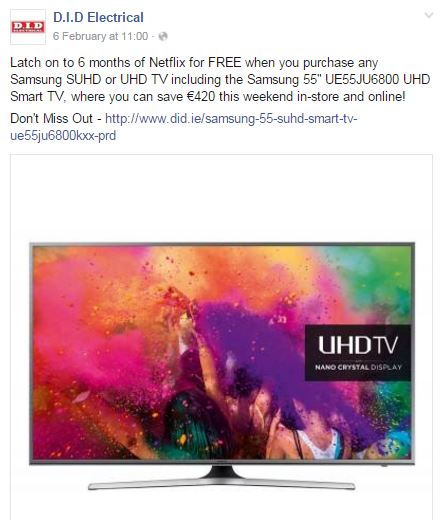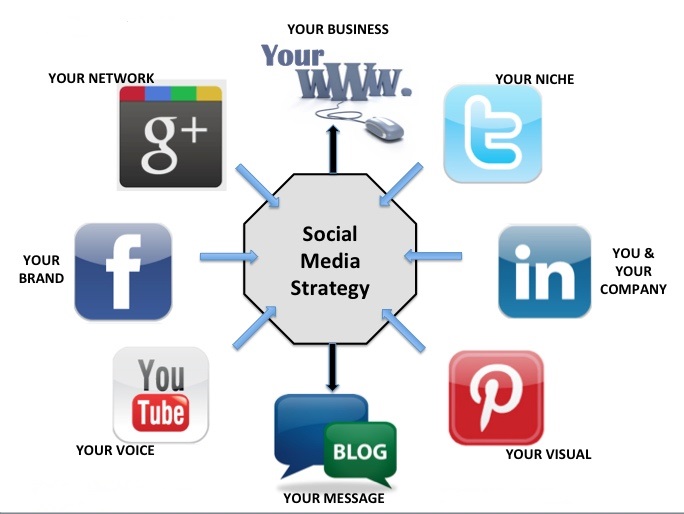
Image Credit: Linkedinlady
The R.A.C.E. planning frame work is a basic structure which has been developed to help companies bring together a digital plan which helps overcome the obstacles and challenges of reaching and interacting with online audiences and in turn goes on to prompt conversion of sales either online or offline.
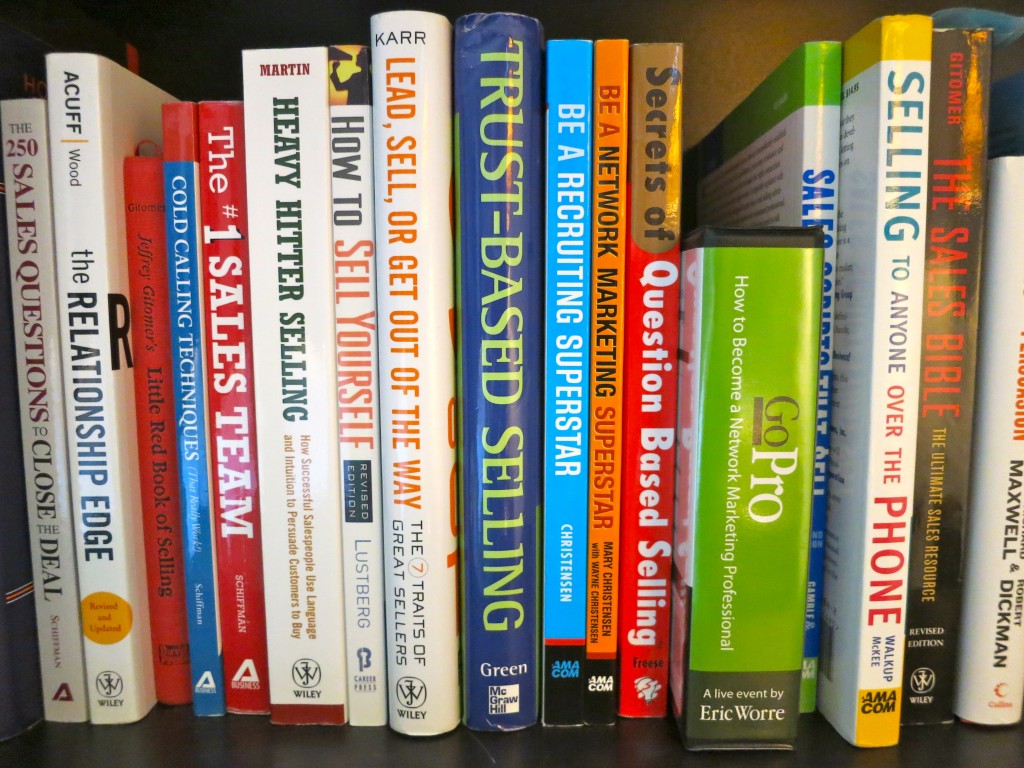
Image Credit: networkmarkingstar
R.A.C.E. stands for:
REACH: How to build visibility of your brand and drive visits to your websites and social media pages.
This might seem like a simple step, but putting up an advert online and leaving to see what happens is not an option nowadays.
The graphic below shows six of the main digital media channels that companies should be using to reach customers. It also list a few offline media channels that could also be used.
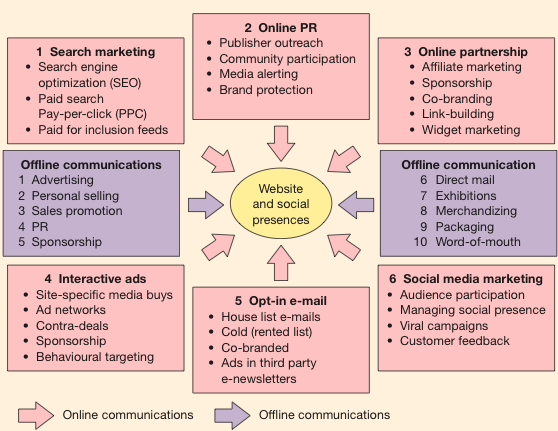
Image Credit: Smartinsights
ACT: How to get encourage interaction when users visit your site, Facebook page, mobile app or read their email.
This is an interesting part, because I know I have clicked onto websites, Facebook pages, twitter accounts and apps before after seeing a promotion page, or advert and sometimes you get the sense as a customer that the company or business has not exactly thought through the landing page design, or the horrible/boring/non related graphics that they are using as background pictures. They also might not have anything for the customer to interact with, be it a forum, posting option, special offer to promote etc.
It can be frustrating sometimes looking at the customer journey for some companies… they might have had a meeting in-house to achieve the goal of driving more customers to their website or Facebook page, but when the customer arrives there… what is the plan next? It great and all driving traffic to the site, but if it is just a static boring site, with no interaction options with customers, then it is no good.
CONVERT: How to turn that interaction or those page visits into sales for the company.
Once you have the visitors/potential customers’ attention and they have visited your website or Facebook page etc., what needs to be done to make that visitor a customer?
How do you turn that person that just visited you company online into a paying customer?
Many clever ways are being used to promote companies and get paying customers. “Like us on Facebook and get a 10% off voucher”, “the first 20 people to visit our store and mention this post (or tweet) will get a free accessory kit with their new laptop purchase”, “Here are the photos of a painting job i did for a client today” – these are all examples of companies and businesses using strategies to promote their business and convert visitors into paying customers.
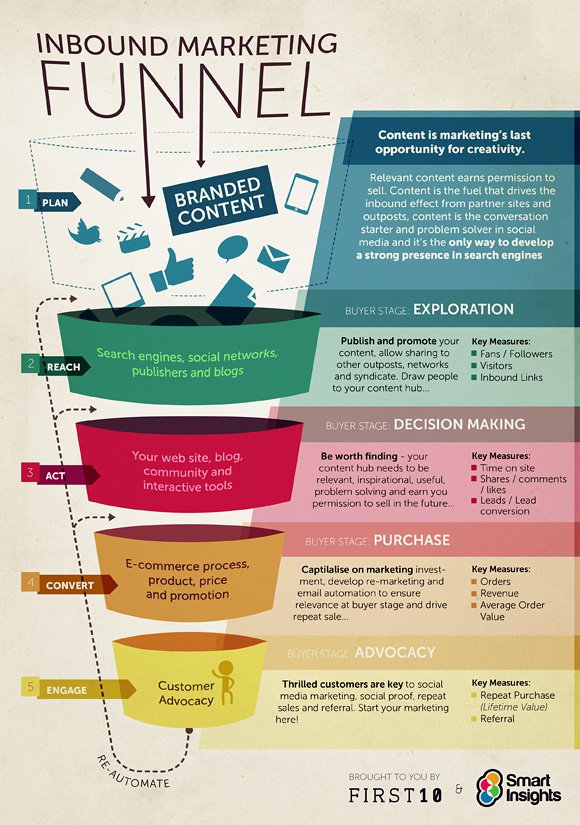
Image Credit: Smartinsights
ENGAGE: How to keep those customers who have purchased from your company coming back to purchase again and how to get them to pass on/promote your company to others.
It is simply really, keep your current customers happy. They are key to repeat business and will keep coming back to your business if they are looked after and treated well. Referrals by customers is one of the best way to drive sales also, as happy customers go off and post up that new picture of themselves using the new juicer they bought in your store previously and tell all their friend that its great for the cleansing and all that, while also pointing out where they bought it in the first place and how nice they were are a business to deal with. And there is your companies free social marketing!
Engaging by offering the customer a 5% discount off their next purchase, or free shipping are also ways of promoting repeat business.
Some Common Strategies:
Online Search Strategy:
Having a presence online is fine for a business, but useless if a potential customer goes to search for a business in the same sector as your company is and you are listed on page 17 of the search results. Online searches count and if you are not up the top or near the top of the listings, a few things can be done about this:
- Paying for online advertising to appear on page one of search results
- Pay Per Click advertising (PPC)
- Search Engine Optimisation (SEO)
- And by using Keywords.
These would all help a business to be more visible online to customers.
Social Media Strategy:
Having a presence on social media platforms is one of the key differences between companies that grow and those that do not nowadays.
With social media presence comes increased awareness of of your product or service to customer who might not have known you existed otherwise. Promoting events on twitter and Facebook is so simple and is a great strategy to use to build a companies customer base.

Image Credit: Google
Event Marketing Strategy:
Hold customer appreciation days, where you would invite customers to a big event in a store, where the likes of discounts on certain lines are being offered or vouchers of X amount off are being handed out. You could entice in families too if that aim, by offering face painting and kids entertainment.
On open days and sales days like those, the buzz and feedback gives you content for your company blog or Facebook page so that you have something to write about besides constant indirect sales pitches to customers. It also gives customers the opportunity more importantly to respond to events like those by commenting on how much they enjoyed the entertainment on the day or the discounts that they might have received.
This goes to show the customer/business relationship to others that view these blog and Facebook posts and can help build up customer loyalty in return also.

Image Credit: Cat Design
Content Marketing Strategy:
Content marketing is any marketing that involves the creation and sharing of media and publishing content in order to acquire and retain customers. The type of content businesses share is closely related to what they sell. However, the content’s main focus is on the needs of the prospect. This information is consistently delivered and can be presented in a variety of formats, including news, video, white papers, e-books, infographics, email newsletters, case studies, podcasts, how-to guides, question and answer articles, photos, blogs etc. (Wikipedia, 2016)
This is big business and it is also a sly way of selling to a customer without them realising half the time. Examples of this are the likes of Jamie Oliver and his “Food Tube” YouTube channel. He is using recipes to promote his latest books and to drive his brand to customers without them even knowing most of the time.

Jamie is also promoting his own brand of kitchen gadgets to viewers by referring to them in his videos or even sometimes not at all and letting the close up shots of his signature knifes and chopping gadgets to be seen during the various videos.
This puts the idea in the mind of the average viewer to these videos that “you too can cook and create dishes like these if you had these kitchen gadgets too”. Towards the end of the videos, he reminds customers that they can take pictures of their created dishes too and post them to his twitter feed and Facebook pages and if he doesn’t state the links, they are always displayed at the end of the videos, including his main website which funnily enough also has links to a online shop where you can buy all the gadgets and knife sets etc.
Hubspot.com recommends a 30/70 split. 70% informative posts on social media (i.e. the videos and posts about recipes on the food tube channel), versus a 30% for actual sales posts. This balance is needed so as not to drive away the viewers to the posts/videos.
When Digital Marketing Strategy Meets Traditional Marketing Strategy:
Traditional and digital strategies combined are still a staple of many companies advertising budgets. Take for instance D.I.D. Electrical… They are highly visible on Facebook with their promoted adverts and boosted posts about offers, deals and customer competitions while at the same time using newspapers, (especially national newspapers) and magazines to get their brand across to customers. They are still a regular purchaser of TV advert air time on the major Irish terrestrial TV channels also.
They take out large full page newspaper adverts especially towards the end of the month (around monthly pay day) and especially coming up to bank holiday weekends to promote the business.
Couple this with high visibility posts on Facebook and you have the perfect meeting of digital and traditional marketing strategies.
